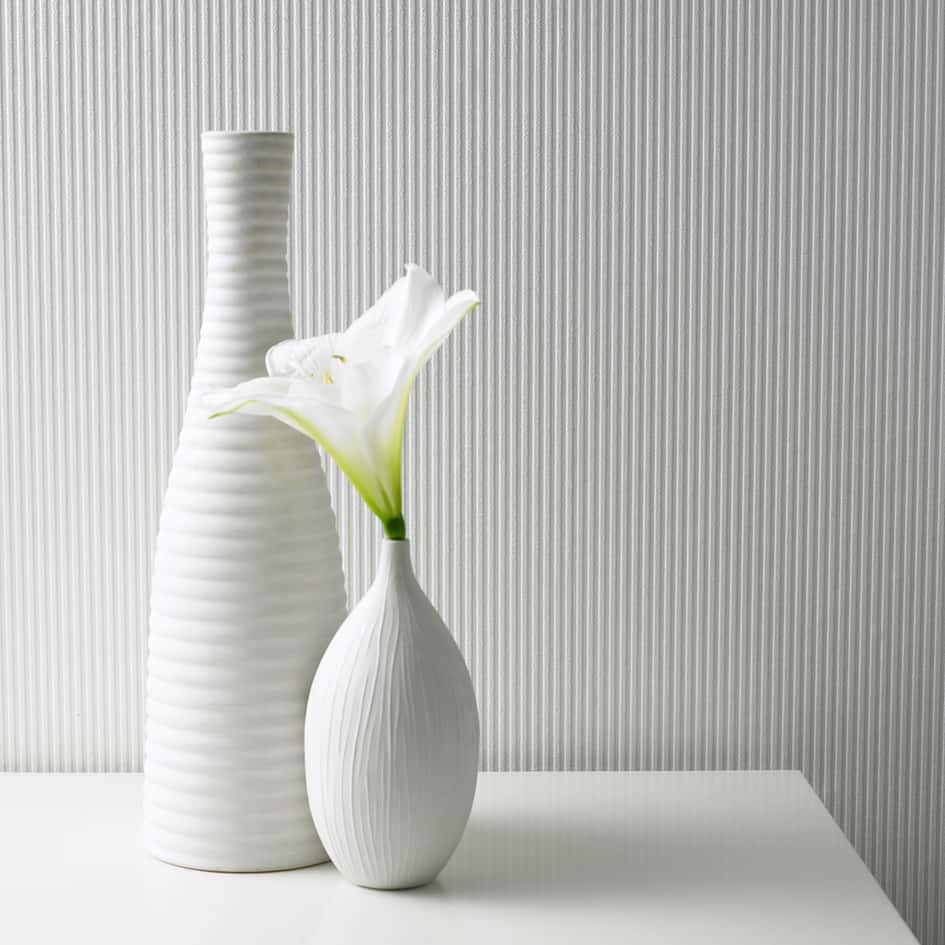How to Wallpaper in Damp Areas
Don't let the damp derail your interior design plans
HOW TO WALLPAPER IN DAMP AREAS?
Don't let the damp derail your interior design plansDamp is a common issue that plagues homes everywhere. Water can sneak into your home in a variety of ways, from leaky plumbing, blocked guttering, condensation and defects in the structure. The build-up of moisture in your walls is what causes the unsightly and potentially hazardous mould, but this shouldn’t derail your interior design plans.
The first thing you should do is find out what type of damp your home is suffering from. This may be different in each case so don’t always assume that the same issue is causing each patch, as you may waste time and money on solutions that do not work.
It’s a tough job and takes time, but there are ways to remove unsightly patches.
1.) CONDENSATION
A very common form of damp that occurs when moisture in the air touches a cold surface. It’s commonly found in areas of the home with high humidity, such as the kitchen and bathroom. However, it can also be found by energy-savvy households who may be reluctant to use their heating in winter.You can avoid this happening by:
1. Letting fresh air circulate around your home.
2. Improving heating levels so that there is a constant level of warmth.
3. Reducing the amount of moisture in the home with a dehumidifier.
You can treat this by:
Condensation is generally easy to remove as it is so common. You can purchase antibacterial sprays that will remove the build-up of mould on the walls, which should be used and left to dry before applying your wallpaper of choice.2.) RISING DAMP
This is the result of moisture rising from ground level up through the structure of your property. It is most common in older buildings, but can happen in more recently-built structures too, so never assume that your home is exempt.You can avoid this happening by:
1. Performing regular maintenance on gutters and drains.
2. Tackling the issue as soon as you see any slight signs of damp.
3. Getting advice from a professional every two years to monitor water ingress.
You can treat this by:
If your home has already been affected by rising damp, you may need to seek the help of a professional to find out the cause. Simply treating and covering up the area will not be good enough. The mould will come back in a matter of months and you’ll end up wasting money and time on a temporary fix.3.) PENETRATING DAMP
Similar to rising damp, this type is caused by water in the walls but leaks travel horizontally. The effects begin to show when the moisture becomes trapped and cannot escape. You may not notice the effects in the same way, as plaster is likely to feel chalky or bubbly before mould begins to show.You can avoid this happening by:
1. Using storm-dry coating on your external walls.
2. You could monitor the damp levels with an electronic meter.
3. Applying external cladding.
4. Do not stand planters against the walls.
5. Maintain a warm temperature in your home.
6. Use a dehumidifier.
You can treat this by:
Penetrating damp can be treated in a number of ways. From the cheap option of resealing doors and windows, to the more expensive treatments such as having your wall cavities surveyed. The best thing to do is to try and identify the root cause of the issue without diving in headfirst with the cheapest option.4.) CHOOSING A WALLPAPER
Once you’ve treated your damp patches, you’re in a position to select a wallpaper that fits in with your overall theme.
If you’ve done everything properly and are confident that your damp problem won’t return, then there’s no reason why you cannot choose any wall covering you desire. However, if you fear that your condensation problem could rear its head again, you’ll need to be extra savvy when redesigning your room.
A good, thick wallpaper, such as our Corduroy product for example, is a great option. This textured wallpaper is easy to hang, washable and will hide any blemishes on your wall. What’s more, it is part of our Superfresco Paintable range, which means you can change the colour if you so wish. Having a hardwearing wallpaper is so much more reassuring. If you’ve simply painted over any old damp patches, the old stain could quite easily start to penetrate through, leaving your room looking patchy.
If you need any more practical advice or design inspiration from the Graham & Brown team, please don’t hesitate to get in touch.
